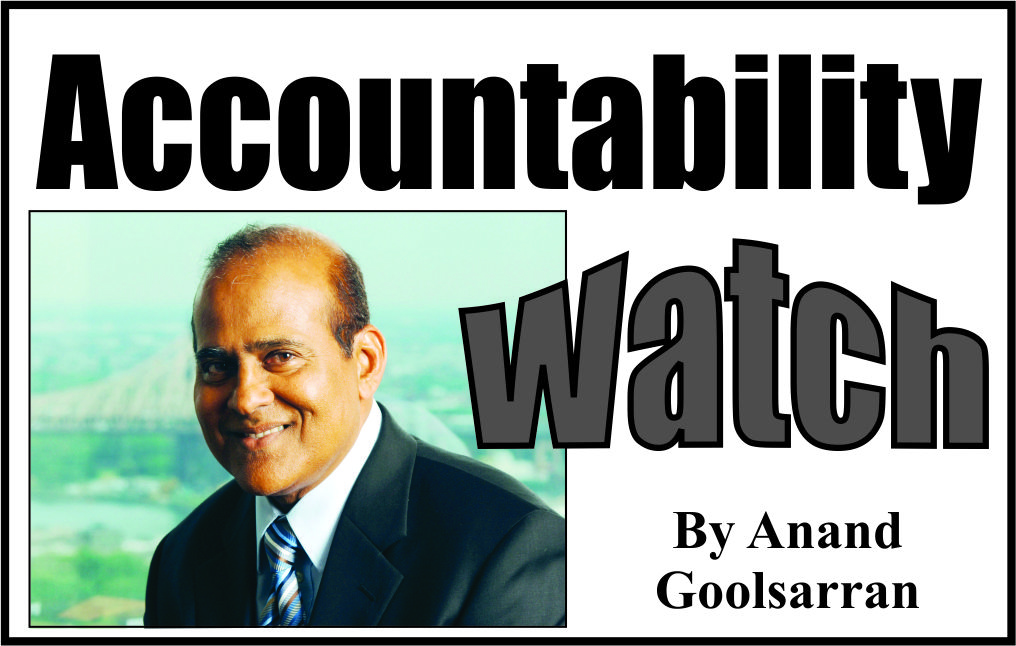In last week’s article, we referred to the urgent need to convene Parliament in order to set the legislative agenda for the rest of the year, including the presentation and approval of the budget for 2020. In effect, it will be a five-month budget, considering that seven months have already elapsed. However, for completeness and to ensure parliamentary approval is given for the budget for the entire year, the revenues collected and expenditures incurred in the first seven months are included, but shown separately. This had happened in 2015 when the budget was approved in August of that year, following a change in Administration.
Now that the two political parties have named their candidates for membership of the National Assembly, it is expected that the Assembly will convene early next month, if not earlier. Regarding the 2020 budget, due account will have to be taken of not only the balance on the Consolidated Fund but also anticipated revenue collections for the rest of the year. Since 1992 and perhaps earlier, the Consolidated Fund bank account has been heavily overdrawn, and after each passing year when expenditure exceeded revenue, the overdraft kept increasing.


